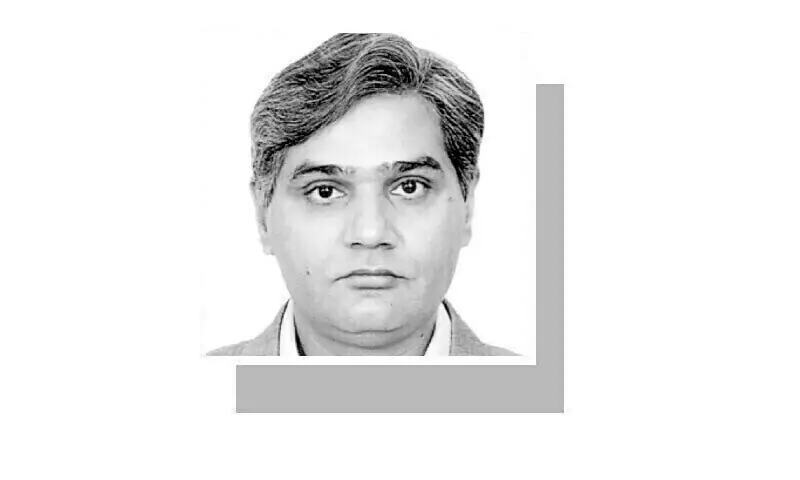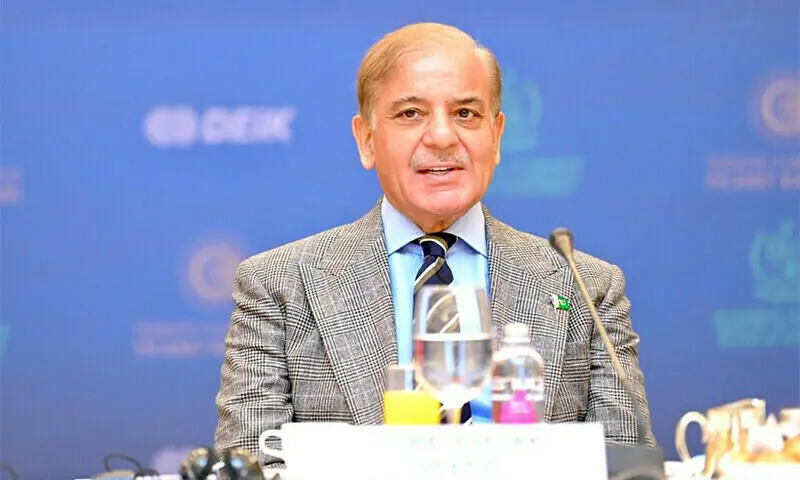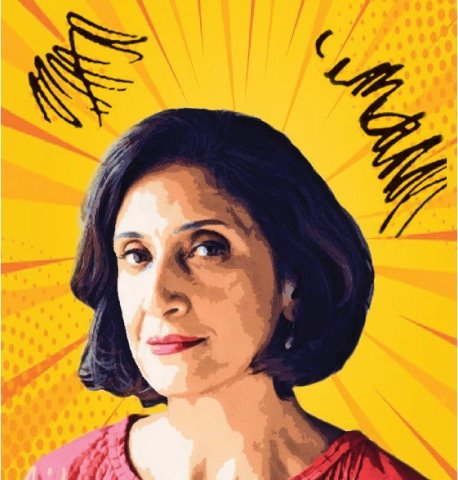The regional geopolitical landscape remains very tense, with Afghanistan, India and Pakistan placed on a delicate escalation ladder. What significantly contributes to this tension is the role of non-state actors. As far as Afghanistan and Pakistan are concerned, the TTP is now a major point of contention. Meanwhile, for India and Pakistan the situation has been exacerbated by the recent terrorist attack in Delhi. The identities and motives of the perpetrators are unclear, as are their possible links to regional or international terrorist networks. However, it is evident that terrorist actors are a key factor in the escalation of the conflict in the region. The irony is that political leaders view the problem primarily through geopolitical and ideological lenses, an approach that will only benefit terrorists.
States and their security institutions, particularly in South Asia, have long been accustomed to interpreting terrorism-related threats within broad geopolitical frameworks. While this may provide some diplomatic or political leverage, it rarely helps resolve underlying problems. This is precisely what terrorist actors want. They exploit those environments, expanding their operational space with minimal investment in attacks that can inflict disproportionate damage to both interstate relations and lives.
One of the central areas in which terrorism operates lies between the broader geopolitical environment and the counterterrorism practices of States. Terrorist organizations shape their strategies, operations, narratives and political messages within this space. When state priorities change, terrorists exploit the resulting gaps and disruptions. An example of this is the United States’ shift in focus from Afghanistan to Iraq in 2003, which expanded the theater of war for terrorist groups. This allowed them to build extensive networks. Their internal differences, rooted in divergent readings of global and regional politics, initially weakened them, but those same differences eventually gave rise to the militant group Islamic State (IS) and several other groups in Iraq and Syria.
Terrorist groups also gained ideological strength from nature from the counterterrorism approaches of the United States, NATO, and their allies, which were often brutal and violated humanitarian norms. From the abuses at Abu Ghraib to torture cells and, later, the collateral damage caused by drone strikes in Afghanistan, Pakistan, Africa and the Gulf, these actions fueled resentment. Terrorist groups effectively exploited this anger to amplify their narratives, enhance their recruitment, and sustain their financial networks.
When state priorities change, terrorists exploit the resulting gaps and disruptions.
It is no surprise that when then-President Barack Obama announced the United States’ withdrawal from Iraq in October 2011, most terrorist groups redirected their attention to the Assad regime in Syria. Although Russia, Israel, Iran, Turkey, and the Arab states pursued their own geopolitical agendas, they eventually recalibrated their political positions within an increasingly complex geopolitical landscape. Over time, they adopted more pragmatic approaches. As the conflict evolved, the alliance led by Hayat Tahrir al-Sham captured key areas around Damascus and gradually emerged as a major player in regional and global politics. Recently, President Donald Trump hosted Ahmed al-Sharaa, who led HTS, and praised him in his typical style, declaring that under his leadership, Syria would become a vibrant state.
Meanwhile, the Afghan Taliban gained considerable strength thanks to the expansion of the conflict and the support they received within the neighborhood, particularly from Pakistan, which improved both their operational capacity and political influence. Afghanistan, however, represented a very different theater of war. Its geopolitics were not as layered or complex as those of Iraq and Syria. The main clash of interests centered on Pakistan and India, and this rivalry shaped much of NATO’s presence in Afghanistan.
Iran, for its part, was busy with multiple regional priorities. Its main objective was the Middle East, where it sought to secure its representatives and allies in Syria, Lebanon and Yemen. Consequently, Iran invested more in recruiting fighters from these regions, while providing support to certain Taliban factions at a level that was never matched by Pakistan’s influence.
For the Taliban, the equations were not particularly difficult. They found a political and strategic space between the urgency of the United States and NATO to exit the region and Pakistan’s desire to safeguard its interests in Afghanistan. What then developed between Pakistan and the Taliban is a separate story, which has become increasingly evident in recent events. Afghanistan’s conservative and tribal nationalist tendencies also allowed the Taliban to shape its political approach, negotiate with the United States and then maneuver strategically in its dealings with Pakistan.
However, the main commonality between HTS and the Taliban was that they both claimed territory and a form of power that their respective religious or ethnic groups believed they had lost. Al Qaeda, on the other hand, belonged to a different category, anchored in ideological operations rather than territorial ambitions. It sharpened the political worldview of terrorist organizations around the world, and to some extent IS subsequently followed its model. Al Qaeda remained an inspiration and connecting force for smaller terrorist groups, self-radicalized individuals, and segments of Muslim diaspora communities, as well as for Muslim societies.
Al Qaeda also shaped the worldview of groups based in Pakistan and Kashmir. His call for a “global jihad” encouraged militants to separate themselves from state agendas and pursue a “pure” cause, fighting for lands free from the influence of Muslim states, which they perceived as subservient to a global imperial order. An example is Zakir Musa in Indian-controlled Kashmir, who attempted to “purify” the Kashmiri jihadist movement. He openly criticized groups like Lashkar-e-Taiba (LeT) and stated that jihad should be waged only by God.
In many cases, terrorist groups deliberately create conditions that push states to the brink of confrontation, as Al Qaeda attempted (through LeT) with the Mumbai attacks in 2008. They closely study political contexts and exploit any fissures that emerge within states. In the Indian context, the likelihood that a rebellious or self-radicalized cell of indoctrinated individuals may independently conceive and execute acts of violence driven by utopian or grandiose ideas rooted in faith, ethnicity, freedom, perceived suppression or reactions to repression cannot be ruled out.
The writer is a security analyst.
Published in Dawn, November 16, 2025









